You are here
Eastern bath of Kali Yunus.
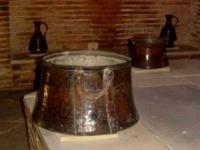
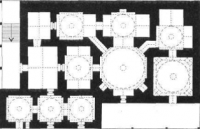
Taraz Sights Tour.
“Eastern bath. Like ancient Turkish is designed to wash the body with the simultaneous action of water and hot water. Baths of this type have been widespread in southern Kazakhstan since ancient times, as evidenced by the discoveries of archaeologists in Taraz, Otrar and other cities located on the ancient "Silk Road"
Taraz Cultural Tour.
The eastern bathhouse of Kali-Yunus, the end of the XIXth century, is located in the city of Taraz along Bayzak Batyr Street, 38, at the intersection with Kazybek Bi Street. In the central part of the city. In the XIXth century in Central Asia, folk craftsmen and architects continued to erect structures in the traditional techniques and forms of local and regional architecture known to them.
During the revival of our city in the 19th century under the name of Aulie-Ata, eastern baths were built in the city using the principles of architectural composition with domed ceilings, a complex system of arches, box vaults, plumbing and heating system of eastern baths of the medieval era.
The Code of Monuments of the Zhambyl region (Almaty, 2002) indicates the functioning of four public baths in the city of Aulie-Ata in the first half of the 20th century - the baths of Barat-khan, Karimbay, Rasulkhan, Kali Yunus.
Of these structures, only one has survived to this day - the bath of Kali Yunus. The building of the Kali Yunus baths is located among dense residential buildings that have developed in the historical environment of the old, central part of the city.
According to the information received from the old-timers, this bathhouse was built in the late 19th - early 20th centuries at the expense of Kali Yunus, one of the first patrons of the city of Aulie-Ata. He also built a mosque bearing the sacred name "Aulie-Ata", which has survived to this day along Adambayev Street and is a monument of architecture and cult architecture of the late XIX - early XX centuries.
The building is one-storey, elongated in plan, with its main long facade facing Bayzak Batyr Street. Built of burnt bricks, the facade decoration uses face brickwork in traditional architectural forms typical for public buildings in the Central Asian region - the blank smooth planes of the walls over which numerous domes rise.
Aivan (open shed) adjoins the main entrance. The total area of the building is 450 square meters, the dimensions of the sides are 18 x 25 meters. The structure consists of 11 rooms of various sizes. Eastern baths were built as a single complex, consisting of several rooms.
The planning structure of the bathhouse building consists of three different groups of premises in terms of functional use:
- common area - includes an entrance hall, a dressing room, a relaxation room, a washing room with a massage sufa in the center and corner niches, two rooms with niches for warming up;
- technical sector - premises with hot and cold water tanks; a firebox with a heating boiler embedded in the floor masonry; septic tank.
- restricted area - an isolated block of three small washing rooms and has a separate exit to the street.
The architectural solution uses an arched-domed ceiling system. The thickness of the walls is 0.8 meters, the height of the walls is 2.5 - 3 meters, the height of the premises is 4 - 6 meters, each room is covered from above with a dome made of burnt bricks.
At the top of the domes, they end with rectangular openings for lighting. The interior is decorated with arches and figured niches. The building was heated using a system of channels with heat accumulating pockets under the floors.
The bathhouse of Kali Yunus is an example of the use in construction of the advanced achievements of its time and the experience of medieval masters of architecture. Scientific restoration work was carried out by specialists of "Kazrestavratsiya" in 1982 - 1986, 2014 - 2015.
Geographic coordinates of the Kali Yunus bath in the city of Taraz: N42 ° 53'40.04 "E71 ° 23'15.82"
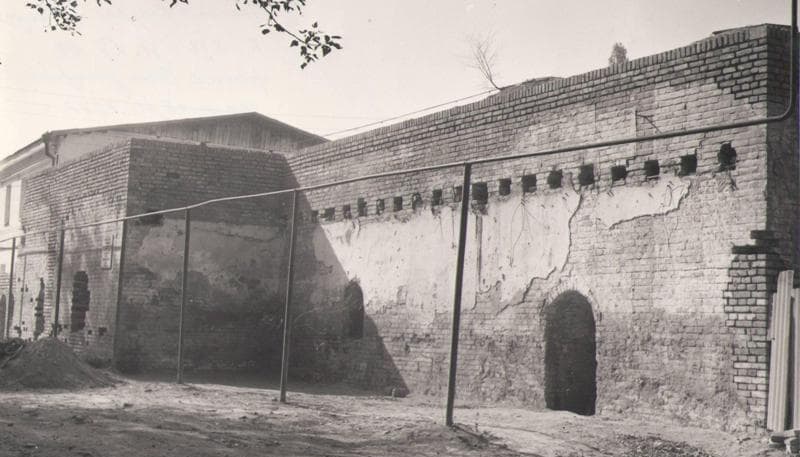
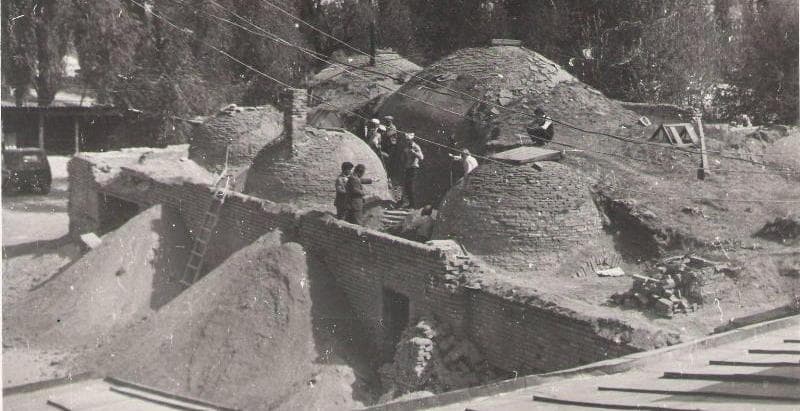

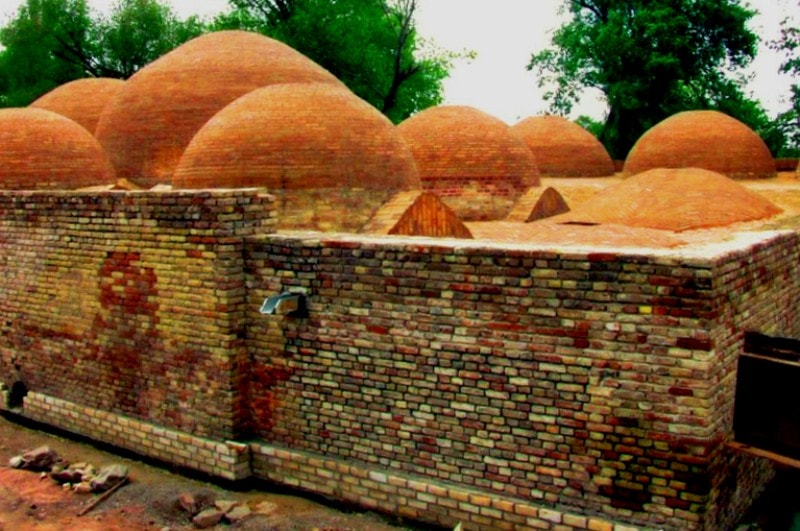
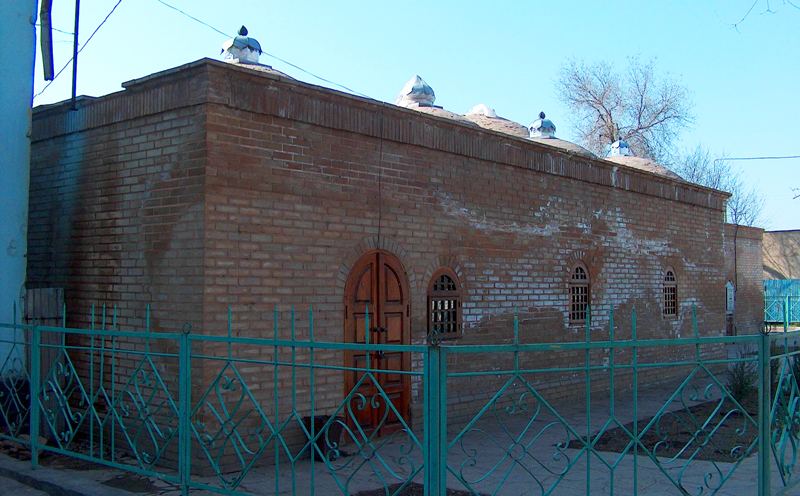

Authority:
"Guide to Taraz and the Zhambyl region." The publication of the Department of Tourism and Sports of the Zhambyl region.
Photos by
from the museum of the history of the city of Zhambyl. Anna Krokosheva.







